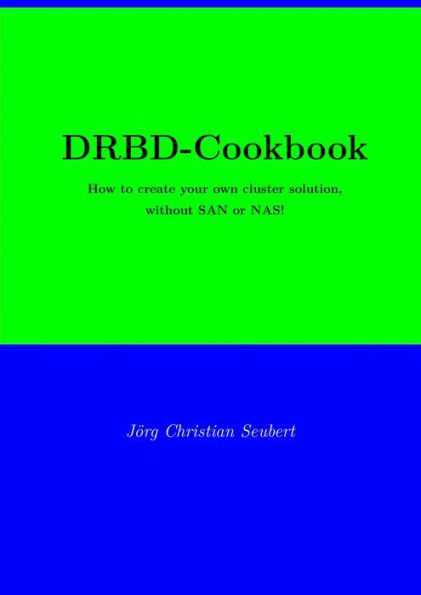5
1

DRBD-Cookbook: How to create your own cluster solution, without SAN or NAS!
129
DRBD-Cookbook: How to create your own cluster solution, without SAN or NAS!
129
17.99
In Stock

Product Details
| ISBN-13: | 9783754950326 |
|---|---|
| Publisher: | epubli |
| Publication date: | 02/13/2022 |
| Sold by: | Bookwire |
| Format: | eBook |
| Pages: | 129 |
| File size: | 2 MB |
| Age Range: | 1 - 18 Years |
About the Author
From the B&N Reads Blog
